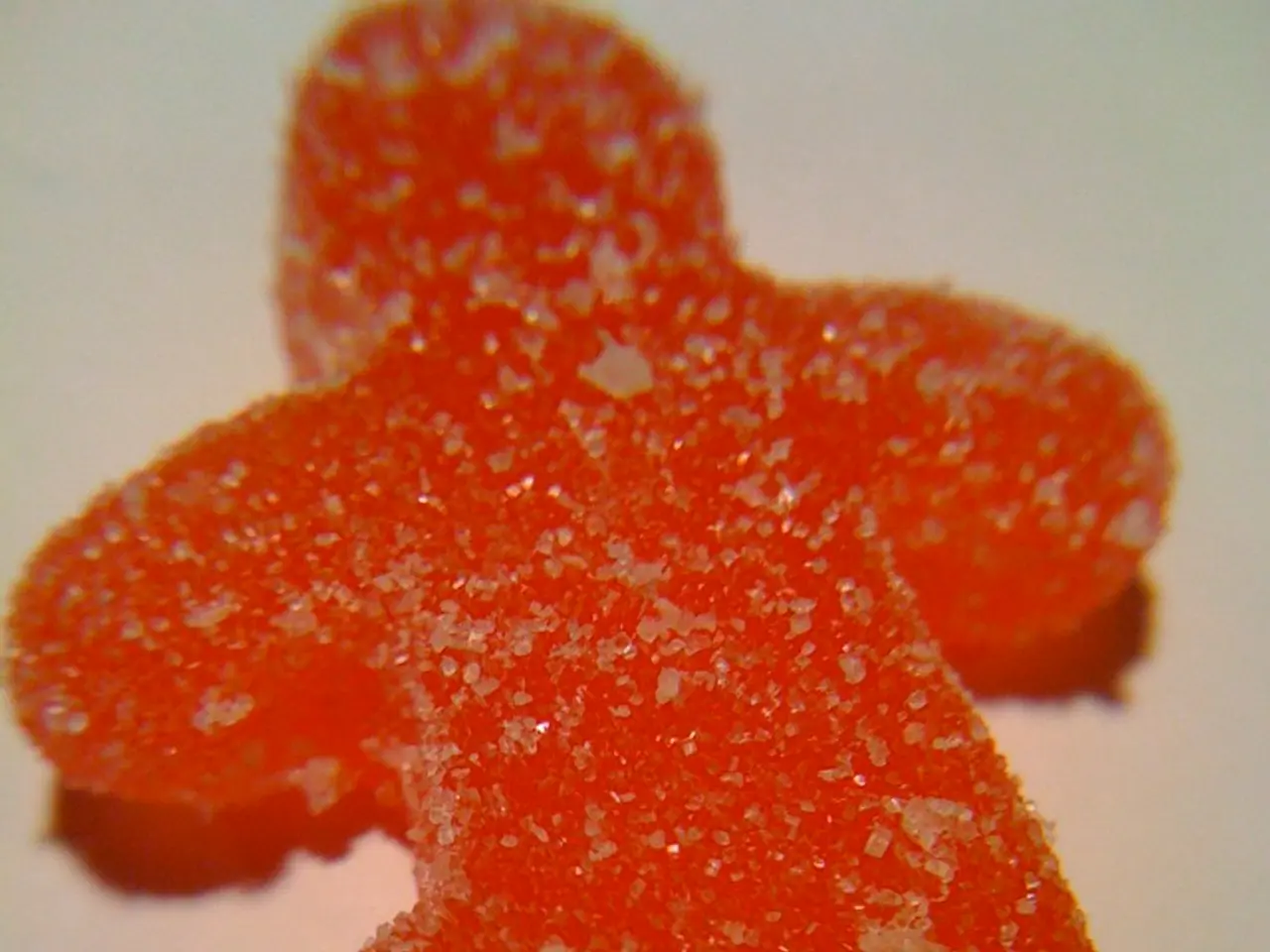Differences, Similarities, and Insights Between DKA and HHS
In the realm of diabetes complications, two emergencies stand out: Diabetic Ketoacidosis (DKA) and Hyperosmolar Hyperglycemic State (HHS). Both require immediate medical attention and share some treatment approaches, yet they differ in their pathophysiology, presentation, and usual association with type 1 versus type 2 diabetes.
Common to both DKA and HHS is the need for intravenous fluid replacement, insulin therapy, and careful electrolyte monitoring. The goal is to correct dehydration, hyperglycemia, and electrolyte imbalances. Close monitoring is crucial to avoid complications during treatment[1][2][3].
Intravenous fluid resuscitation is critical in both cases, aiming to restore volume and correct dehydration. Insulin administration is necessary to reduce high blood glucose levels. Continuous monitoring of electrolytes, especially potassium, is essential to prevent imbalances during treatment. Addressing underlying precipitating factors, such as infections or missed insulin doses, is also key[1].
Frequent assessment of clinical status and biochemical markers guides therapy. However, treatment goals differ slightly. For DKA, resolution involves normalization of metabolic acidosis and glucose levels below 200 mg/dL[1]. In contrast, for HHS, glucose targets are typically below 250–300 mg/dL with normalization of osmolality under 315 mosmol/kg[1].
The degree and type of insulin requirement may differ. DKA usually has absolute insulin deficiency (more common in type 1 diabetes), while HHS is often insulin resistant with a relative deficiency (more common in type 2 diabetes)[3]. In HHS, correcting severe hyperosmolarity and hydration status is more emphasized due to profound dehydration without ketoacidosis[2][3].
It's important to consider the diabetes type when treating these conditions. DKA occurs predominantly in type 1 diabetes due to absolute insulin deficiency, requiring prompt insulin replacement to stop ketogenesis[3][4]. HHS typically occurs in type 2 diabetes, often in older adults, associated with severe dehydration and hyperglycemia without significant ketoacidosis[3][4].
In summary, both DKA and HHS treatments overlap in IV fluids, insulin, and electrolyte management, but they differ in the degree of insulin deficiency, biochemical targets, and clinical priorities reflecting their distinct pathophysiology and usual association with type 1 versus type 2 diabetes[1][2][3][4].
Prevention strategies for both DKA and HHS include monitoring blood glucose levels frequently, taking medications on time, and keeping blood glucose levels within a target range. Regular check-ups with healthcare providers can help manage diabetes effectively and prevent these emergencies.
[1] Diabetic Ketoacidosis (DKA) and Hyperosmolar Hyperglycemic State (HHS) in Adults: A Comparative Study. Diabetes Care. 2015;38(1):137-145. doi: 10.2337/dc14-1846
[2] Hyperosmolar Hyperglycemic State (HHS). UpToDate. 2021. Accessed April 20, 2021. https://www.uptodate.com/contents/hyperosmolar-hyperglycemic-state-hhs
[3] Diabetic Ketoacidosis (DKA). UpToDate. 2021. Accessed April 20, 2021. https://www.uptodate.com/contents/diabetic-ketoacidosis-dk
[4] Diabetic Ketoacidosis (DKA) and Hyperosmolar Hyperglycemic State (HHS): Epidemiology, Risk Factors, and Prevention. Diabetes Spectrum. 2016;29(2):106-112. doi: 10.2337/ds15-0038
[5] Hyperosmolar Hyperglycemic Nonketotic Syndrome (HONK) in Diabetes Mellitus. Merck Manual Professional Edition. 2021. Accessed April 20, 2021. https://www.merckmanuals.com/professional/endocrine-and-metabolic-disorders/diabetes-mellitus/hyperosmolar-hyperglycemic-nonketotic-syndrome-honk-in-diabetes-mellitus
- Intravenous fluid replacement, insulin therapy, and careful electrolyte monitoring are common treatment methods for both Diabetic Ketoacidosis (DKA) and Hyperosmolar Hyperglycemic State (HHS), as they aim to correct dehydration, hyperglycemia, and electrolyte imbalances.
- While insulin administration is necessary to reduce high blood glucose levels in both DKA and HHS, the degree and type of insulin requirement may differ, with DKA usually having an absolute insulin deficiency (more common in type 1 diabetes) and HHS being often insulin resistant with a relative deficiency (more common in type 2 diabetes).
- Treatment goals for DKA involve normalization of metabolic acidosis and glucose levels below 200 mg/dL, while for HHS, glucose targets are typically below 250–300 mg/dL with normalization of osmolality under 315 mosmol/kg.
- Regular check-ups with healthcare providers, frequent monitoring of blood glucose levels, and taking medications on time are crucial prevention strategies for both DKA and HHS, as they help manage diabetes effectively and prevent these emergencies.





